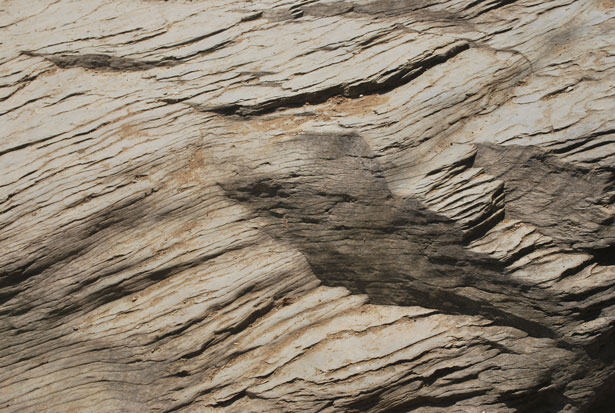If you have been paying attention to the oil and natural gas development in the area, chances are you have heard, at least in passing about the Marcellus and Utica shales. But what exactly are they? This blog will attempt to provide a brief introduction to these two geological formations.
Taken together, the Marcellus and the Utica shales extend over a wide geographical distance. Parts of each of these formations extend from New York, into Pennsylvania, Maryland, West Virginia, Ohio, and portions of Kentucky and Tennessee. The collected deposits are also located at a depth of between 7,000 and 12,000 feet below the ground surface, depending on its geographic location and overlying sediment.
Individually speaking, the Utica shale, and it’s equivalent strata in other areas consist primarily of Late Ordovician calcareous and clay rich mud rock with a total organic carbon percent weight ranging from 1-3{5b6c00ae8a31f44c65b344f315968efbd322bfc6ea45e4e8cca9716c4473fad8}. Essentially what that means is that the shale and mud rock contained in this formation is approximately 440 million years old give or take a couple million, and in addition to containing solidified mud, muck, and limestone material, it also contains a fair amount of oil and natural gas, most likely derived from the abundant marine life that was in the area over the Ordovician period. It ranges in thickness between approximately 700 feet in southwestern Pennsylvania and Ohio and thins out to the northeast and east toward New York where thicknesses as thin as 100 to 150 feet are common.
The Marcellus Shale, although much more well known, is actually quite a bit smaller, shallower, and younger than the Utica Shale. The material that eventually formed the Marcellus Shale was most likely first deposited somewhere between 398 million years ago and 385 million years ago during the Middle Devonian Epoch- at least 42 million years after the Utica Shale. It is recognized as a black, low density, highly organic rich shale and minor amounts of limestone material that exists below the surface in much of New York, Pennsylvania, Ohio, and small parts of Maryland, Kentucky, Tennessee and Virginia. It can range in thickness between 40 and approximately 900 feet, and is located over 5,000 feet below the ground surface sandwiched between two massive limestone deposits..
Like the much larger Utica Shale, the Marcellus has been shown to be rich with natural gas and oil deposits. Some estimates indicate that there is almost 50 trillion cubic feet of recoverable oil and natural gas within the Marcellus Shale. The trick is of course, getting to the shale and accessing the natural gas trapped there in an economically feasible way. That’s where horizontal drilling and hydro fracking has started to play a significant role.
There is no question that both the Marcellus and Utica shales contain a significant amount of natural gas and oil deposits within them, most likely enough to supply a petroleum based source of energy for many, many years to come. A few questions, however do, and should arise concerning the economic, environmental, and health impact of pursuing these deposits. These questions, unfortunately cannot be adequately addressed in this blog, and the reader is urged to seek out additional information.


